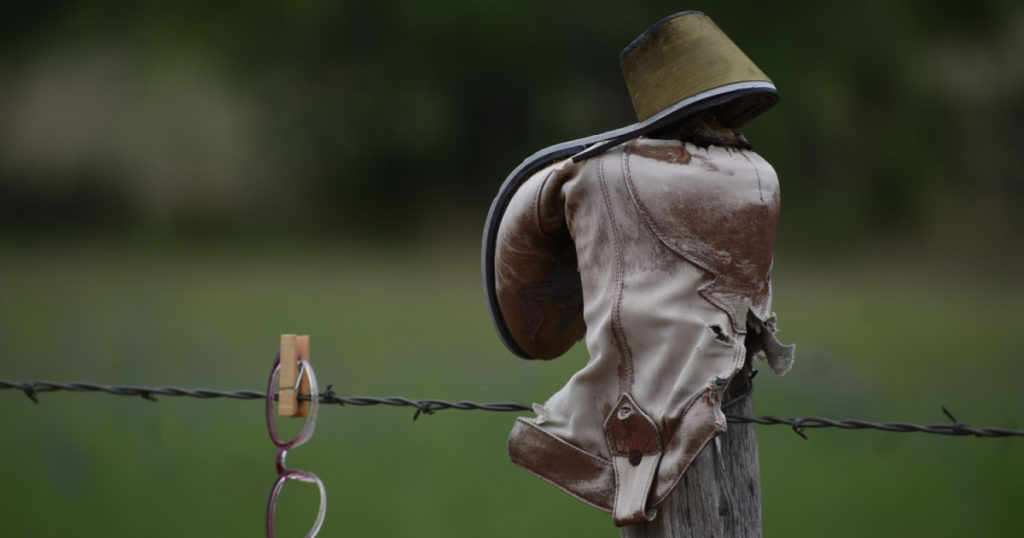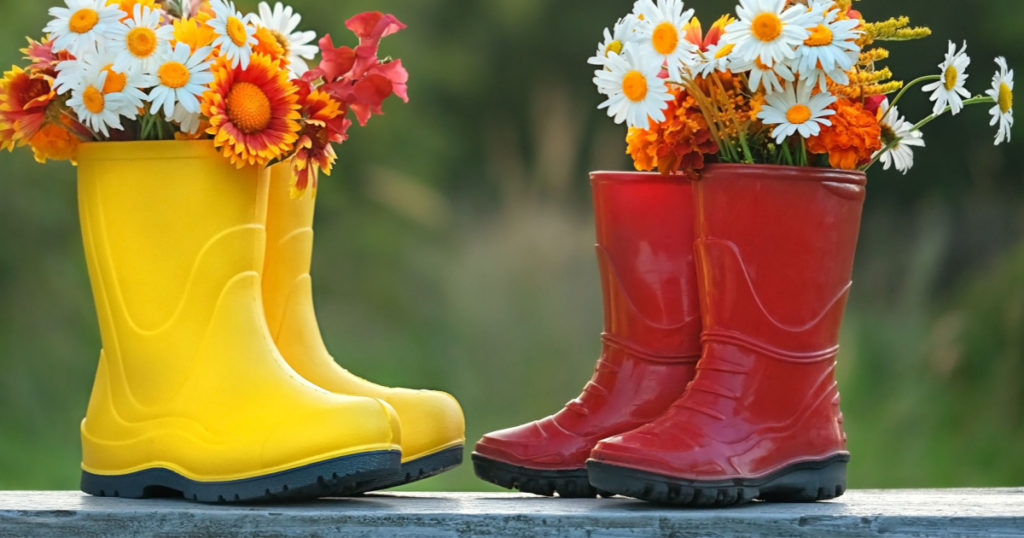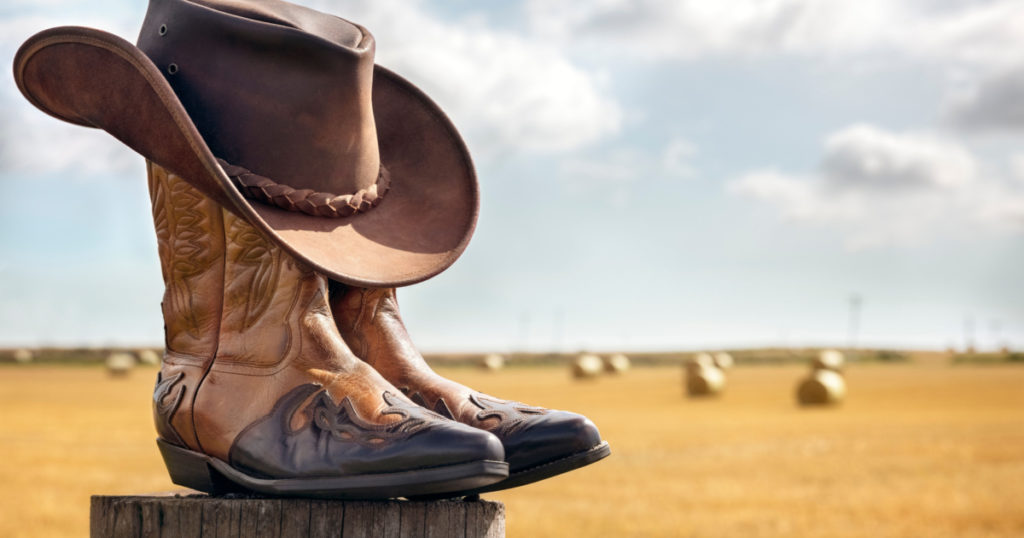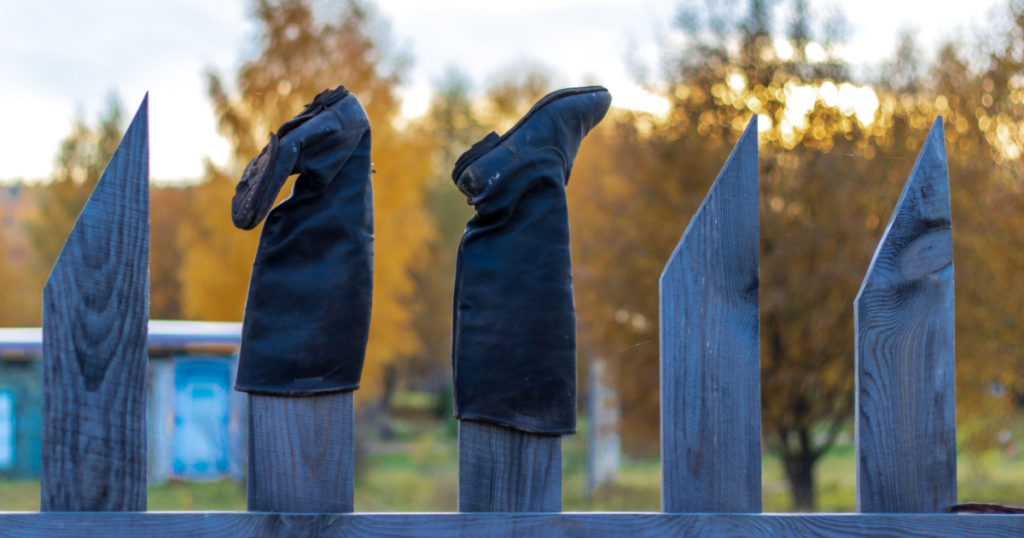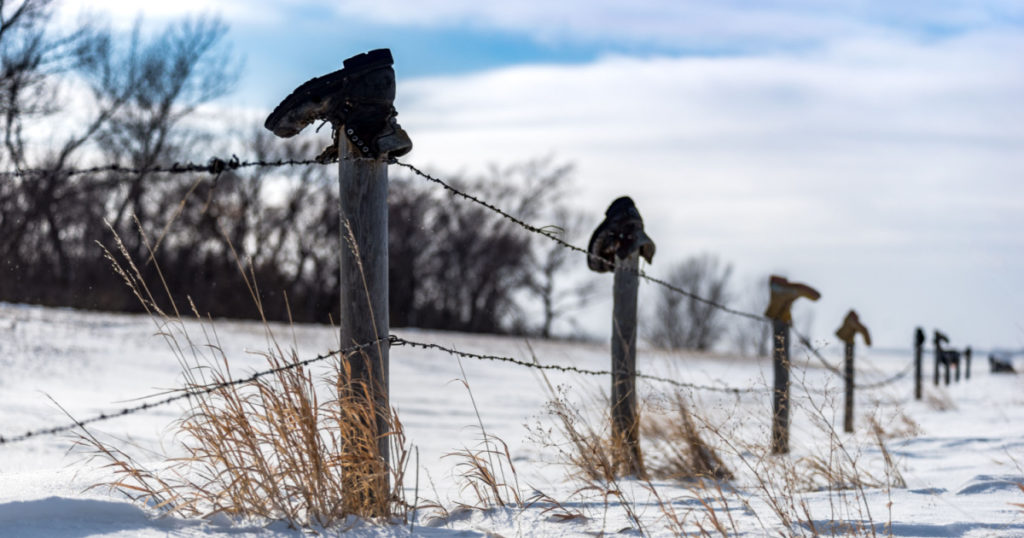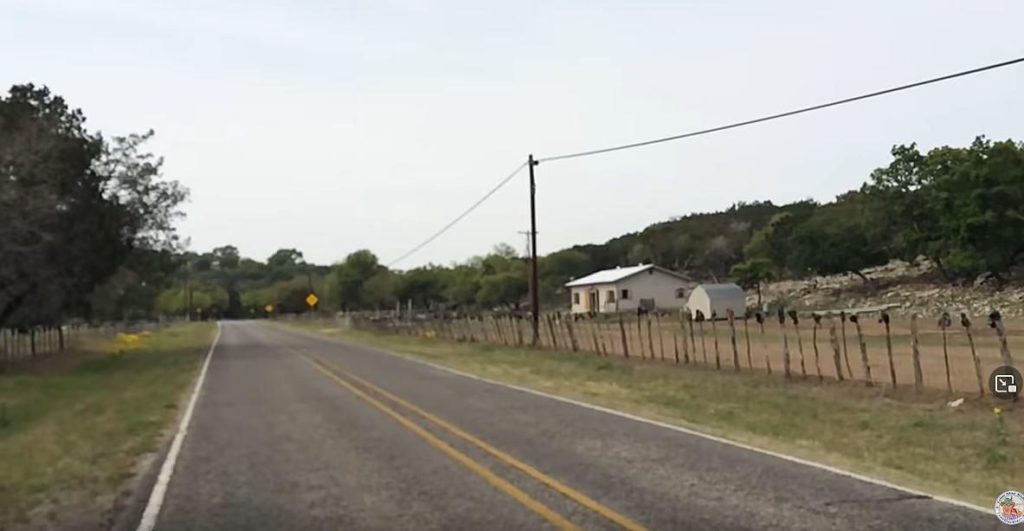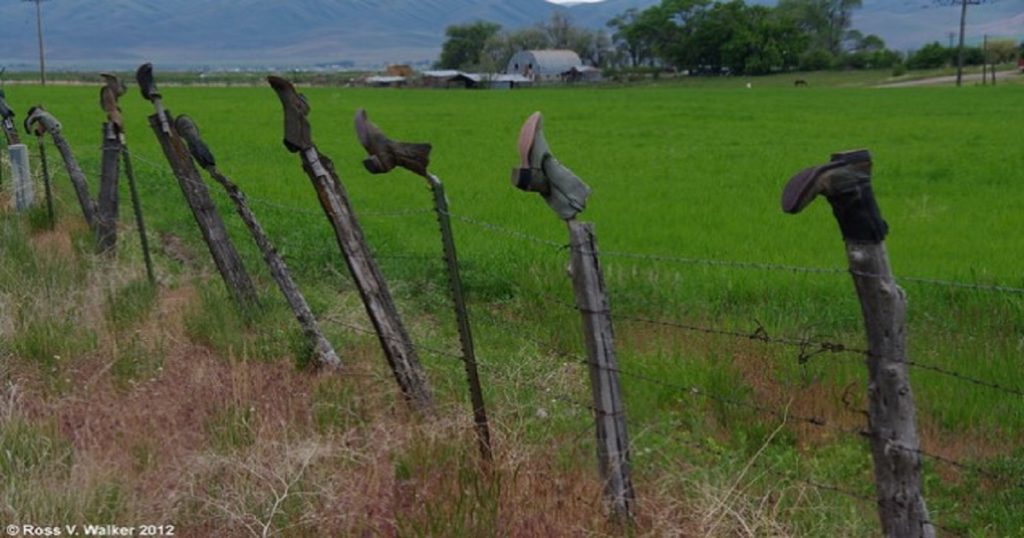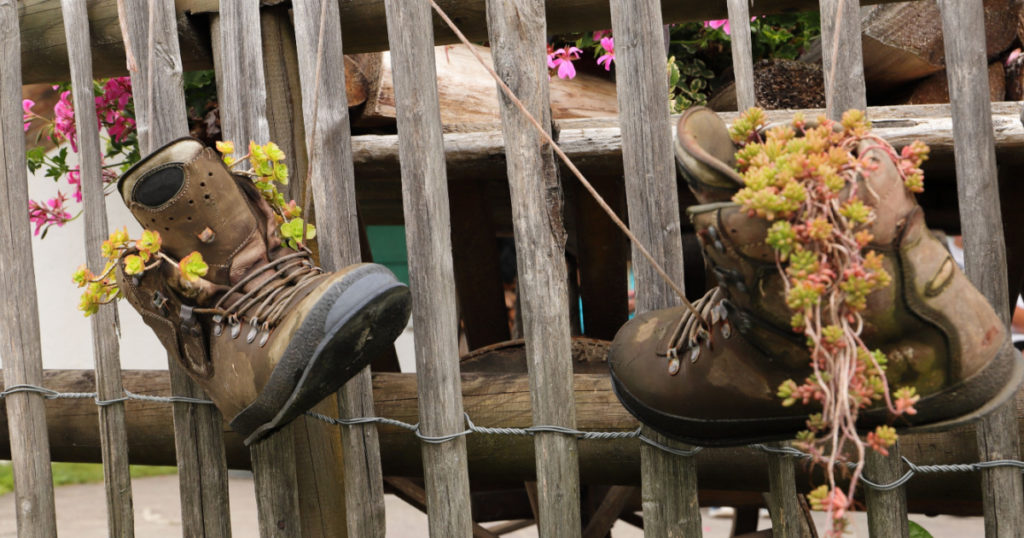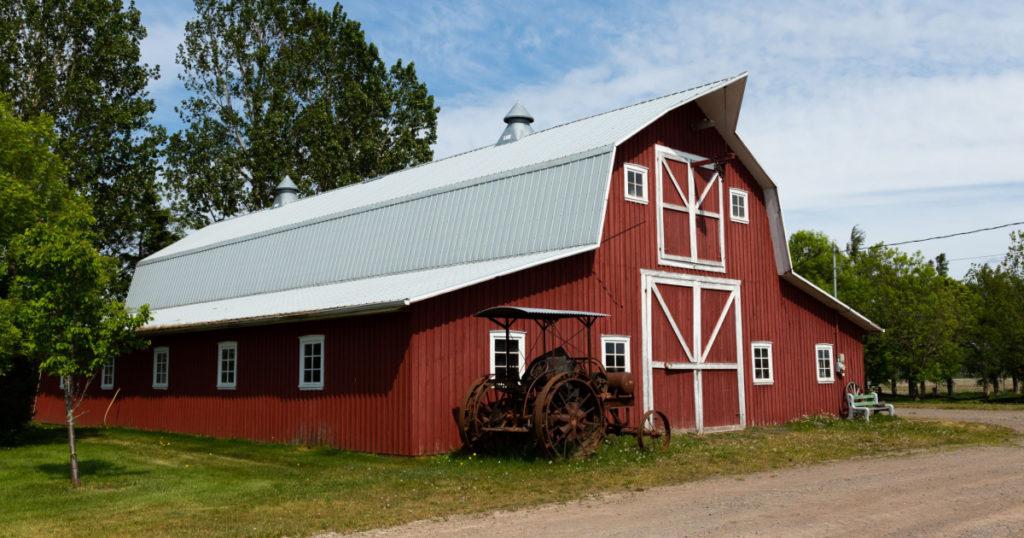A shoe on a fence is a common phenomenon when traveling by car or walking in nature. Many doubted its meaning and purpose. There are inevitably many reasons for coming up with this odd, if not ornamental, country custom, from the decorative to the commemorative.
1. The shoe on the fence symbolizes hard work.
A shoe on the fence often has a worn look, meaning countless hours of work. or the physical toll that farming and ranching take along with little sleep. A shoe on the fence can sometimes be seen as a mere expression of commitment to the employee and their families, sometimes going back several generations.
2. Personality icon
A shoe on the fence can often symbolize something important and significant for the property owner, other times it is just from an aesthetic point of view. Sometimes the shoe on the fence is just an attempt to highlight the boundary of the property.
3. Putting a shoe on the fence in memory of the dead
In certain situations, a farmer or rancher may remember a special relationship they had, perhaps with a draft horse or other livestock that died. The purpose of the emblem is to occasionally pay tribute to a deceased farmer or rancher. A shoe placed on a fence is a symbol of respect for an animal or a person who has just died.
4. Putting your shoe on the fence can help with communication
Farmers and ranchers put their boots on the fence to let people know if they were home or not, long before cell phones and instant messaging services were invented. Depending on which direction the shoe was pointing, this sign would indicate to others whether their house, ranch, or farm was in operation or temporarily closed until the rancher or farmer could return home and return to their common duties.
5. Defense
Weather wear and tear on wooden fence posts can cause them to break into shards. A property owner may choose to use a fence shoe as a way to recycle an expensive pair of old, reliable shoes and help protect fence posts in certain situations.
6. Reference point
The shoe on the fence has, in many situations, provided a frame of reference for hikers and visitors when asking people for directions in remote areas with few landmarks.
7. The meeting place is a shoe on the fence
Sometimes a shoe on a fence is just a way for neighbors or out-of-town guests to find each other. Throughout history, people used it as a means of finding each other, as properties could cover hundreds of acres.
Icons with meaning
For generations, townspeople have been confused by the practices of farmers and ranchers, and vice versa. But as with anything in life, sometimes all you need to do is stop to understand the why and how of something, and that can shed light on a seemingly confusing, scary, or even unattractive practice and put it into perspective by showing how widespread or “normal” it is. It may actually be.
In rural areas where farmers, ranchers, and cattle drivers make their living in addition to shoes on the fence, there are other common customs.
Barn Stars
Other interesting symbols could be the barn star, a Dutch custom that in many cases symbolized their native country and family customs and values, besides bringing some style to an otherwise unsightly and smelly structure. Another fascinating agricultural custom is related to the holidays and represents the harmony between urban and rural populations.
With a long history of its own, the custom of the Christmas tree has been seen as a bridge to help unite people during the holidays.
“Holidays and Christmas offer an opportunity to celebrate, meet, and reconnect between America’s urban dwellers and rural farmers.
That goes for everything, including farm tours that offer hayrides or Christmas tree farms, as well as other chances to participate in traditional holiday customs,” according to the American Farm Bureau Federation.
Respecting basic customs
Finally, the American barn represents longstanding customs among farmers and ranchers, much like a shoe on a fence. A classic wooden barn represents wealth and a “connection to the land”. Like many other cultures and lifestyles, agriculture, ranching, and ranching have their signature symbols, such as the shoe on the fence, which celebrates their ancestors and the individuals who toiled to provide the rest of the United States with food, meat, and more. things. These symbols also symbolize their hard work. Certain customs prevalent in rural areas serve as a means of self-expression and embodiment of their lifestyle.
In conclusion, the sight of a shoe on a fence in rural areas has multiple meanings and serves multiple purposes, reflecting the unique culture and traditions of farmers and ranchers. From a symbol of hard work and dedication to serving as a memorial to loved ones, the fence shoe is a versatile symbol that resonates deeply with those who live and work on the land. It can serve practical functions such as communication, protection, and providing landmarks while adding a personal or aesthetic touch to the property.
Understanding these customs promotes a greater appreciation of the rural way of life and highlights the rich heritage and resilience of farming communities. Just as the barn star and the Christmas tree symbolize values and traditions, the fence shoe represents the enduring spirit of the people who maintain the country’s agricultural backbone.
Acknowledging and respecting these symbols and traditions not only bridges the gap between urban and rural populations but also recognizes the hard work and contributions of those who care for the nation. As we continue to explore and recognize these rural customs, we gain insight into the lives and values of farmers and ranchers, fostering deeper connections and recognizing their indispensable role in our society.
